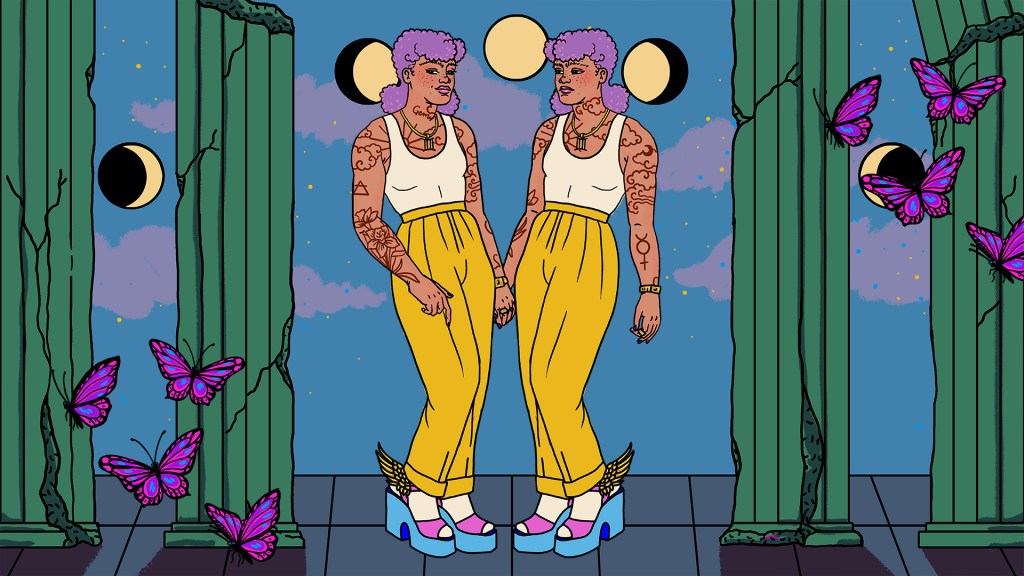Marie Kondo, Japanese organizational guru and the author of the 2015 sensation The Life-Changing Magic of Tidying Up, has a new show on Netflix. It’s already attracting a ton of attention, despite the fact that much of the show consists of people folding their laundry. What is it about “organization porn” that we find so soothing?
The home organization reality show called Tidying Up With Marie Kondo consists of the effervescent Kondo, with translator in tow, visiting Americans who are suffering under their accumulation of stuff and things, teaching them her method for tidying, and restoring order to their homes. The show became available for streaming on January 1 and has already attracted dozens of breathless reviews about how calm, gentle, and soothing it is. If Twitter is any measure, people are watching, and feeling genuinely inspired to declutter:
Videos by VICE
Darby Saxbe, an assistant professor of psychology at the University of Southern California, told me in a phone interview that she isn’t surprised that audiences are embracing a show about organizing and decluttering. Saxbe studies stress in the context of families at her lab, the NeuroEndocrinology of Social Ties (or NEST) lab, and has previously published work that found the more fixated people were on clutter or disorder in their home, the more likely they were to have consistent levels of the stress hormone cortisol in their system throughout the day.
“We didn’t objectively measure the clutter, we just measured how much they talked about it,” Saxbe told me in a phone interview. “What I take from that is that people who are preoccupied with mess and clutter and are seeing it around them, that’s linked with having a generally less healthy pattern of stress hormone release.”
Clearing away that clutter, or watching someone do it on TV, can act as a way of relieving that stress, Saxbe said, adding that her research was part of a larger study at the Center for the Everyday Lives of Families at the University of California, Los Angeles. That study also found that many families are suffocating under mountains of stuff, with 75 percent of them using their garages as storage rather than to park their car. That could explain why modern viewers would be particularly interested in watching someone else’s space get magically sorted out in a matter of 35 minutes-long episode of Tidying Up.
“Families were really bursting at the seams with stuff. We’re living in an age of easily disposable consumer goods that are really inexpensive and so we all have too much stuff,” Saxbe said. “There’s something soothing about watching somebody straighten up their house.”
Saxbe compared it to cooking shows and said there can be a type of catharsis in seeing the kind of makeover from a cluttered, overwhelming space being brought into order, just as seeing a skilled baker craft a gorgeous cake can be almost as satisfying as eating the cake itself.
Other research has shown that cleaning itself can give people a sense of control over their space that helps them feel calmer, and that even just looking at tidy, ordered arrangements of objects engages our brain to take a break, as popular “organization porn” Instagram accounts have recognized.
Though Saxbe didn’t comment on this, it’s hard for me to not link the earnest embrace of Kondo’s show with the general lack of order we are all living through in the rest of our lives. The government has been shutdown for nearly two weeks, cataclysmic climate change is looming closer than we ever expected (and hardly anyone is doing anything about it), and a day doesn’t go by that we don’t have news of another natural disaster or mass shooting. Amid all that chaos, it’s not surprising to me that people are seeking a tiny bit of order, even if it only exists on their computer screen.




